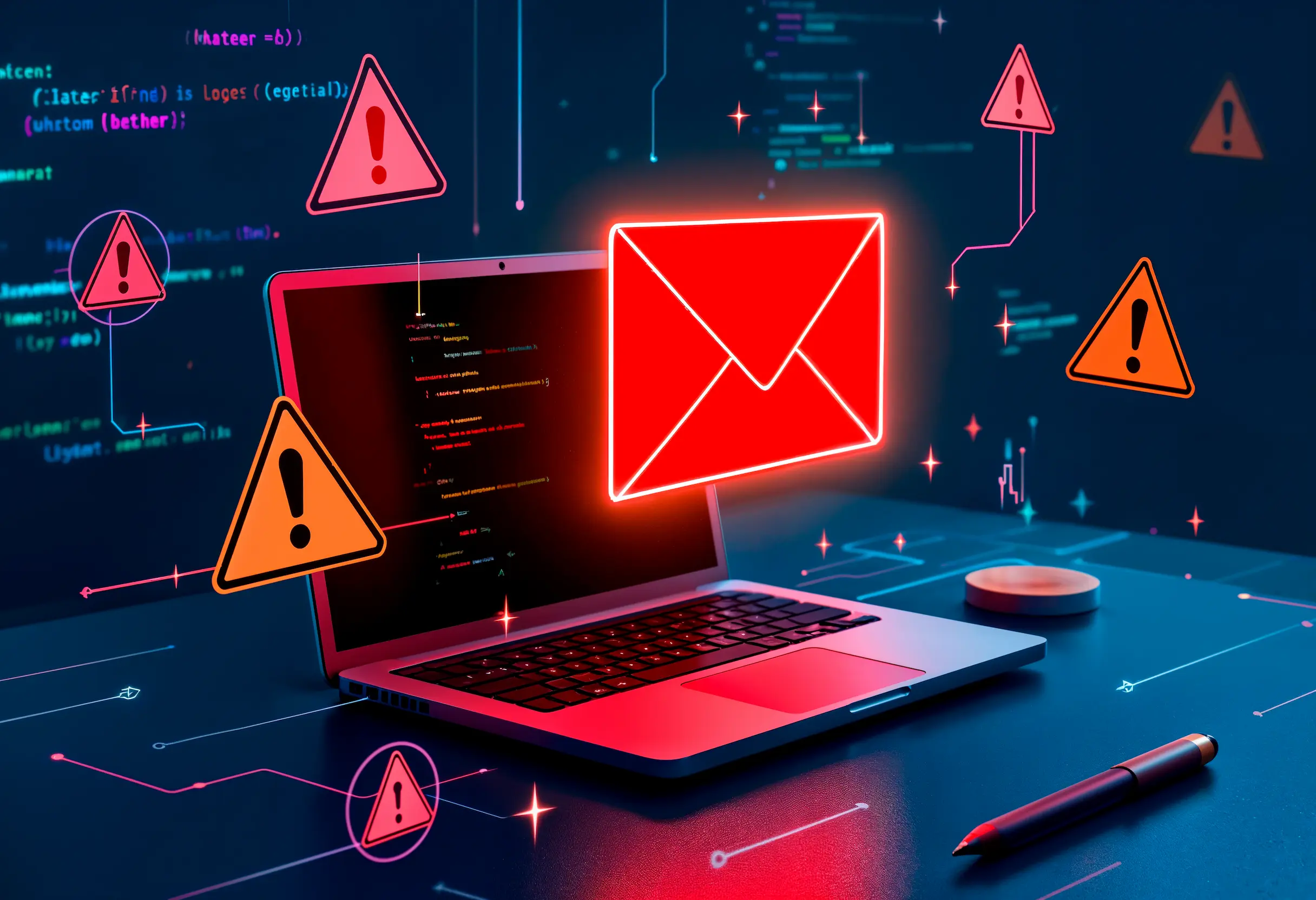What is Mail Management?
Mail management is the systematic process of handling, organizing, and overseeing all forms of mail within an organization. This includes both physical mail, such as letters and packages, and digital mail, such as emails and electronic documents. Effective mail management ensures that correspondence is delivered efficiently, securely, and cost-effectively, optimizing communication channels and supporting business operations.
Introduction to Mail Management
Efficient communication is the backbone of any organization, and mail management plays a critical role in facilitating this. The need for a structured approach to handling mail has never been more crucial, as businesses deal with increasing volumes of both physical and electronic communications. Let’s dive deeper into what mail management entails, its significance, and how it can transform your business processes.
Understanding Mail Management
At its core, mail management is about more than just sorting and delivering mail. It encompasses a comprehensive set of practices and tools aimed at streamlining the handling of all inbound and outbound communications. This involves tracking, storing, and ensuring the timely delivery of messages while safeguarding sensitive information. By adopting efficient mail management strategies, organizations can reduce processing times, enhance security, and boost productivity.
Types of Mail in Mail Management
Physical Mail
Physical mail refers to traditional paper-based communications, including letters, packages, and official documents. Despite the digital shift, physical mail remains integral in sectors like legal services, government offices, and customer communications. Managing this type of mail involves physical handling, sorting, and archiving.
Email is a major component of modern mail management. It requires strategies for handling large volumes of messages, filtering spam, organizing communications, and ensuring data security. Email management tools and policies are essential to avoid information overload and maintain effective communication.
Hybrid Mail
Hybrid mail combines both physical and digital mail processes. It allows businesses to send digital files to a service provider, which then prints and delivers them as physical mail. This approach is beneficial for organizations looking to bridge the gap between traditional and modern communication methods.
Benefits of Effective Mail Management
Effective mail management brings numerous advantages to businesses, including:
- Increased Efficiency: Streamlining mail processes saves time, reduces manual tasks, and accelerates communication workflows.
- Cost Savings: Automating and optimizing mail handling can significantly cut down operational costs, especially in large-scale businesses.
- Enhanced Security: Implementing secure mail handling procedures protects sensitive data from unauthorized access and potential breaches.
- Better Organization: Properly managed mail helps in maintaining organized records, ensuring quick retrieval of information when needed.
Challenges in Mail Management
Despite its benefits, mail management also poses challenges, including:
- Volume Overload: Large quantities of incoming and outgoing mail can overwhelm traditional handling methods.
- Data Security Risks: With sensitive information frequently exchanged, ensuring the security of both physical and digital mail is a constant concern.
- Compliance Issues: Adhering to data protection regulations and maintaining legal compliance can be complicated without structured processes.
- Integration with Technology: Integrating new mail management technologies with existing systems can be challenging but necessary for modernization.
Mail Management Strategies
Developing a strategic approach to mail management is essential for businesses aiming to optimize their communication processes. Effective strategies include:
- Implementing Automation: Use automated tools to sort, filter, and distribute mail efficiently.
- Centralized Mailroom Operations: Organize a central hub for all mail processing to streamline workflows.
- Training Staff: Regularly train employees in mail handling best practices and data security protocols.
- Regular Audits: Conduct periodic reviews of mail processes to identify inefficiencies and areas for improvement.
Physical Mail Management Techniques
Sorting
Efficient sorting is the first step in handling physical mail. Organize mail based on priority, departments, or type to ensure timely delivery within the organization.
Storing and Archiving
Proper storage and archiving of mail ensure that important documents are safely kept and easily retrievable when required. This practice is crucial for legal compliance and future reference.
Email Management Tips
Organizing Your Inbox
Managing your email effectively starts with organizing your inbox. Use folders, labels, and filters to categorize emails and prioritize urgent communications.
Automating Responses
Set up automated responses for common queries to streamline communication and reduce response times. This approach is particularly useful for customer support and general inquiries.
Hybrid Mail Solutions
Hybrid mail solutions provide a seamless integration of digital and physical mail processes, offering flexibility and efficiency. Businesses can send and receive documents electronically while still utilizing physical delivery for official or secure communications.
Mail Management Tools and Software
Several tools and software solutions are available to assist with mail management. These platforms offer features like automation, tracking, and integration with other business systems, making the mail handling process more efficient. Popular tools include:
- Microsoft Outlook: For email organization and scheduling.
- DocuWare: A document management solution for digital mail and archiving.
- Pitney Bowes SendPro: For handling physical mail with tracking and cost management features.
Importance of Data Security in Mail Management
Data security is paramount in mail management, as sensitive information is often exchanged. Implementing encryption for digital mail and secure handling procedures for physical mail reduces the risk of data breaches and unauthorized access.
Automation in Mail Management
How Automation Streamlines Mail Processing
Automation technology is transforming the way businesses handle mail. Automated mail management systems can sort, scan, and route both physical and digital mail, drastically reducing the need for manual labor and minimizing errors.
Role of Cloud Technology in Mail Management
Cloud technology plays a crucial role in modern mail management by enabling secure storage and easy access to mail from any location. Cloud-based solutions also facilitate collaboration and document sharing across teams.
Mail Management in Small Businesses
Small businesses can benefit greatly from adopting mail management solutions that are scaled to their needs. Simplified tools and cost-effective strategies help manage communications efficiently without overburdening limited resources.
Enterprise Mail Management Systems
Larger enterprises require robust mail management systems to handle high volumes of correspondence. These systems often include advanced features like automation, AI-driven analytics, and integration capabilities to streamline operations.
Mailroom Management Best Practices
Streamlining Operations
Efficient mailroom management involves optimizing space, automating repetitive tasks, and employing barcode scanning technology for tracking and routing mail accurately.
Compliance in Mail Management
Adhering to regulatory requirements is critical in mail management. Organizations must ensure that their mail handling processes comply with data protection laws and industry-specific regulations to avoid legal issues.
Green Initiatives in Mail Management
Sustainability in mail management involves reducing paper usage, encouraging digital communication, and implementing recycling programs. Green initiatives help organizations lower their carbon footprint and promote eco-friendly practices.
Outsourcing Mail Management Services
Pros and Cons
Outsourcing mail management can be a cost-effective solution for businesses looking to focus on core activities. However, it also requires careful consideration of the service provider’s reliability and data security measures.
Training and Skills for Mail Management Professionals
Mail management professionals should possess skills in organization, data security, and familiarity with digital tools. Regular training helps them stay updated on best practices and technological advancements in the industry.
Impact of Poor Mail Management on Business
Inefficient mail management can lead to lost communications, delayed responses, and even legal risks. It is crucial for businesses to invest in robust mail handling processes to avoid these pitfalls.
Future Trends in Mail Management
Mail management continues to evolve with innovations like AI, machine learning, and advanced data analytics. These technologies are expected to further enhance automation and improve the accuracy of mail processing in the future.
Case Studies in Mail Management
Success Stories
Several businesses have transformed their operations by implementing efficient mail management systems, resulting in faster communications, reduced costs, and improved customer satisfaction.
FAQs about Mail Management
What is mail management?
Mail management refers to the organized process of handling, sorting, and distributing all forms of mail within an organization, including both physical and digital communications.
Why is mail management important?
It ensures timely delivery of communications, enhances security, reduces costs, and improves overall efficiency in business operations.
What are hybrid mail solutions?
Hybrid mail solutions combine digital and physical mail processes, allowing for electronic communication to be converted into physical letters and sent to recipients.
How does automation impact mail management?
Automation streamlines mail handling by reducing manual tasks, minimizing errors, and accelerating the processing and distribution of mail.
What tools are available for digital mail management?
Tools like Microsoft Outlook, DocuWare, and Pitney Bowes SendPro offer features for email organization, document management, and physical mail handling.
Can mail management be outsourced?
Yes, many organizations choose to outsource mail management to specialized service providers to focus on their core business activities while reducing overhead costs.
Conclusion
Effective mail management is a vital component of modern business operations. It encompasses strategies and tools that help streamline communication processes, reduce costs, and enhance data security. As technology advances, mail management will continue to evolve, providing even more opportunities for businesses to optimize their communication channels and improve efficiency.









